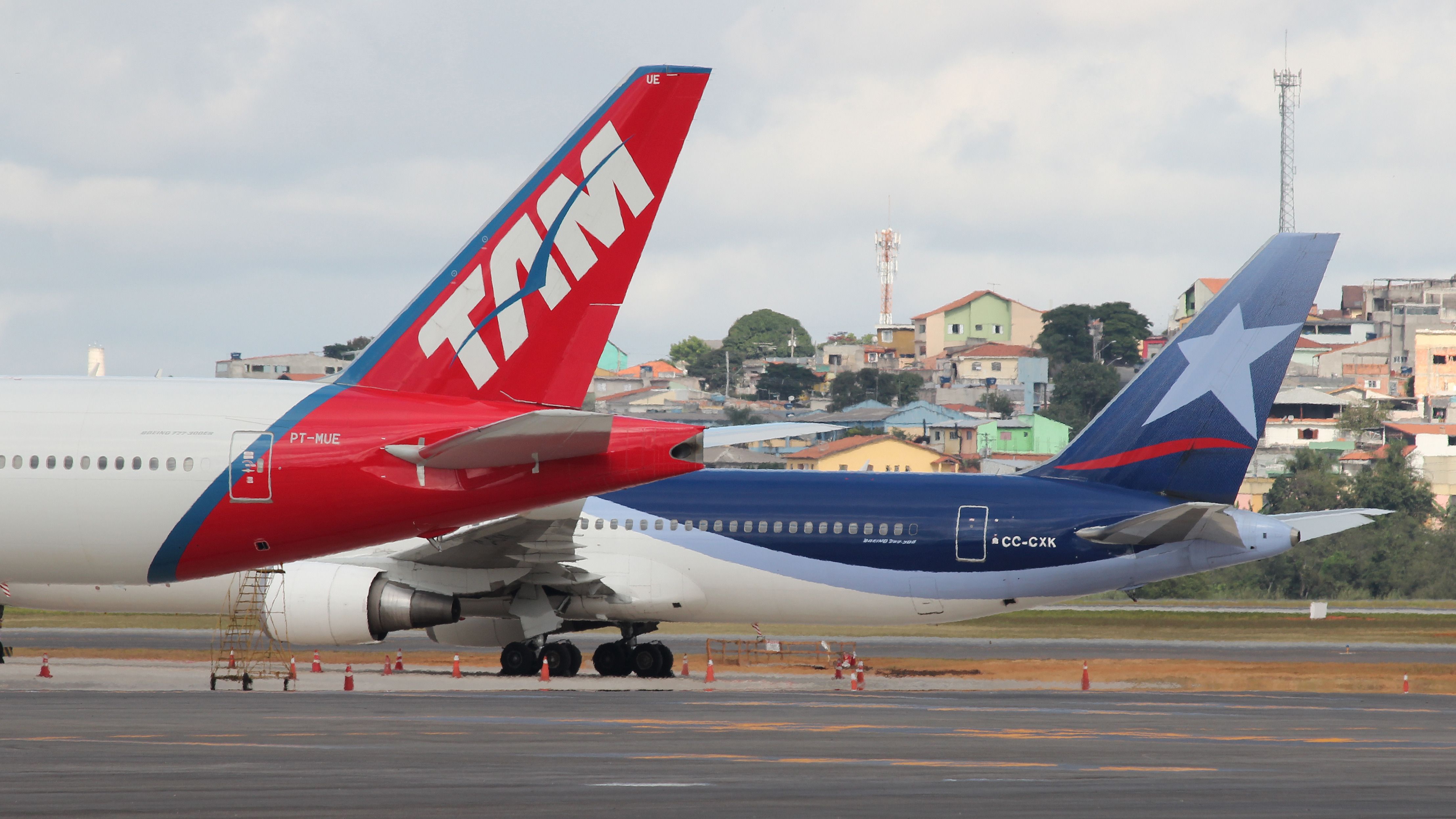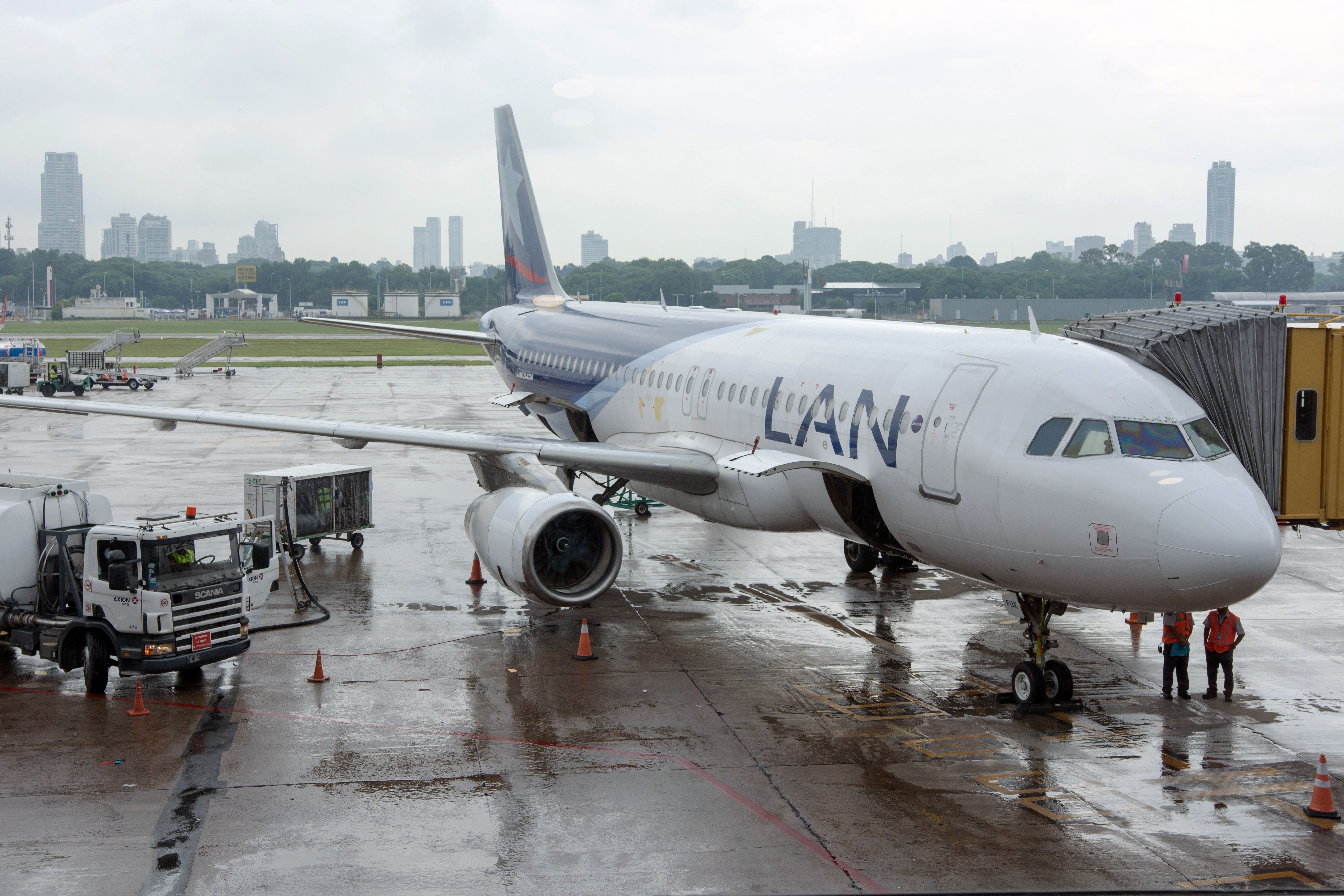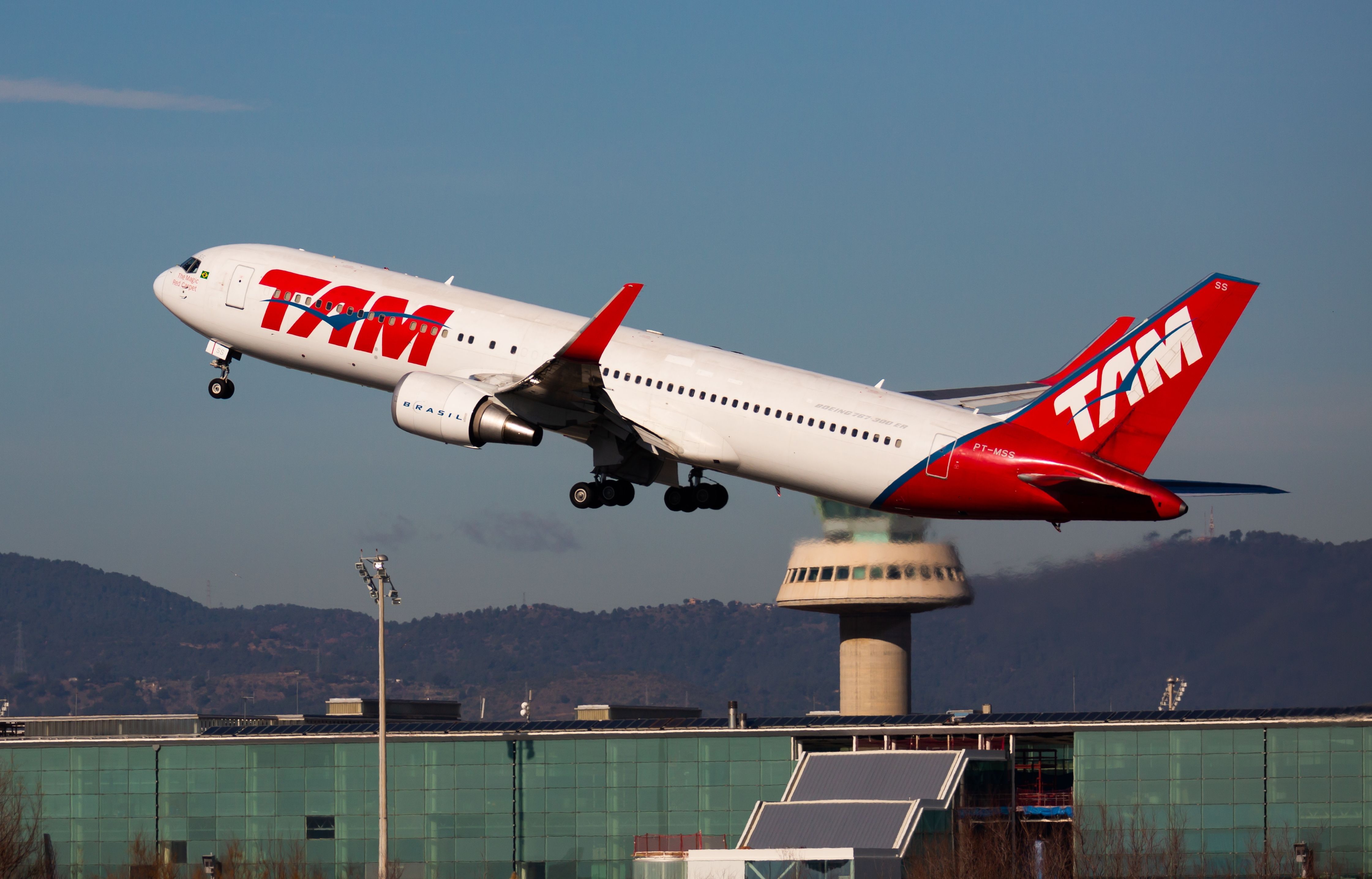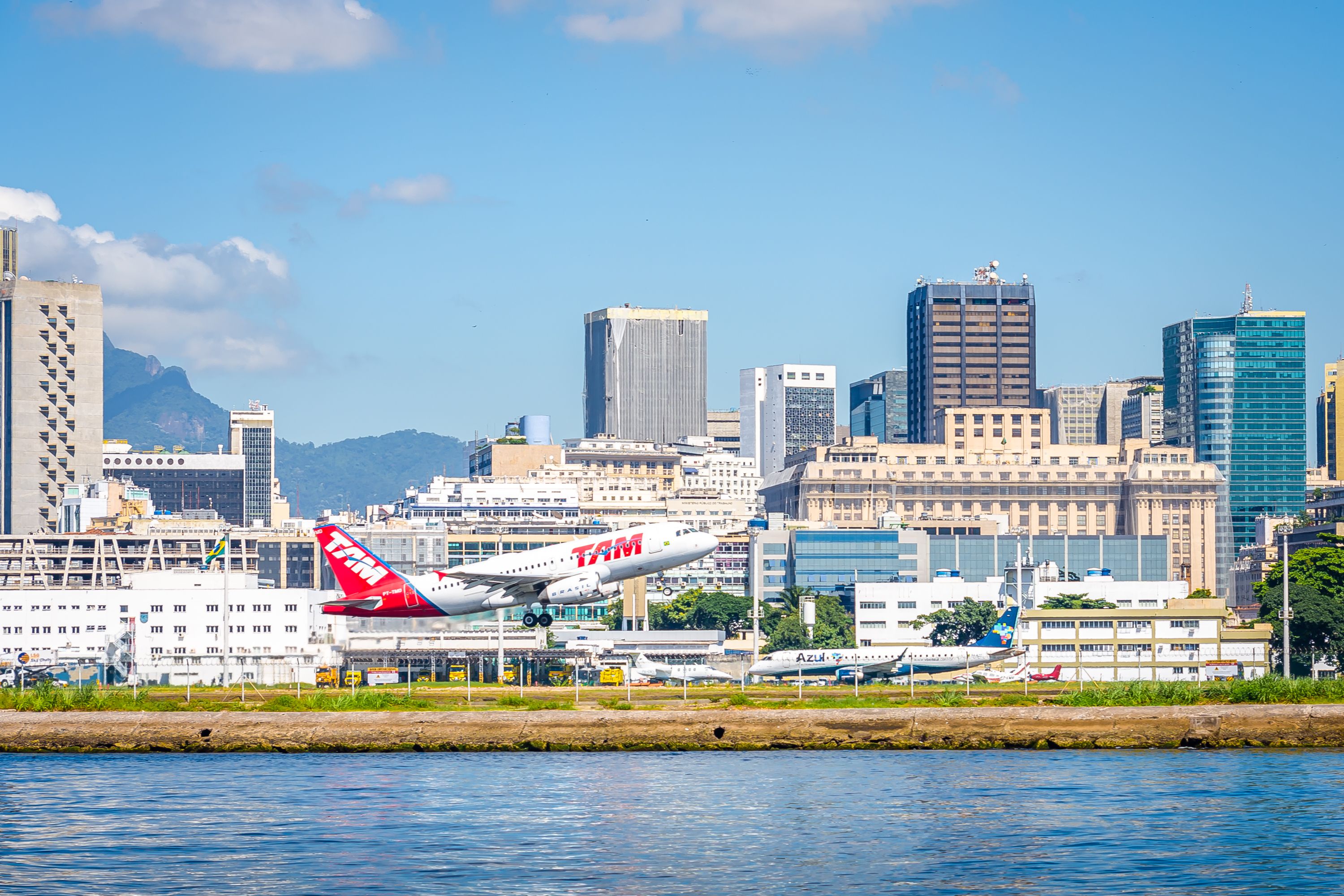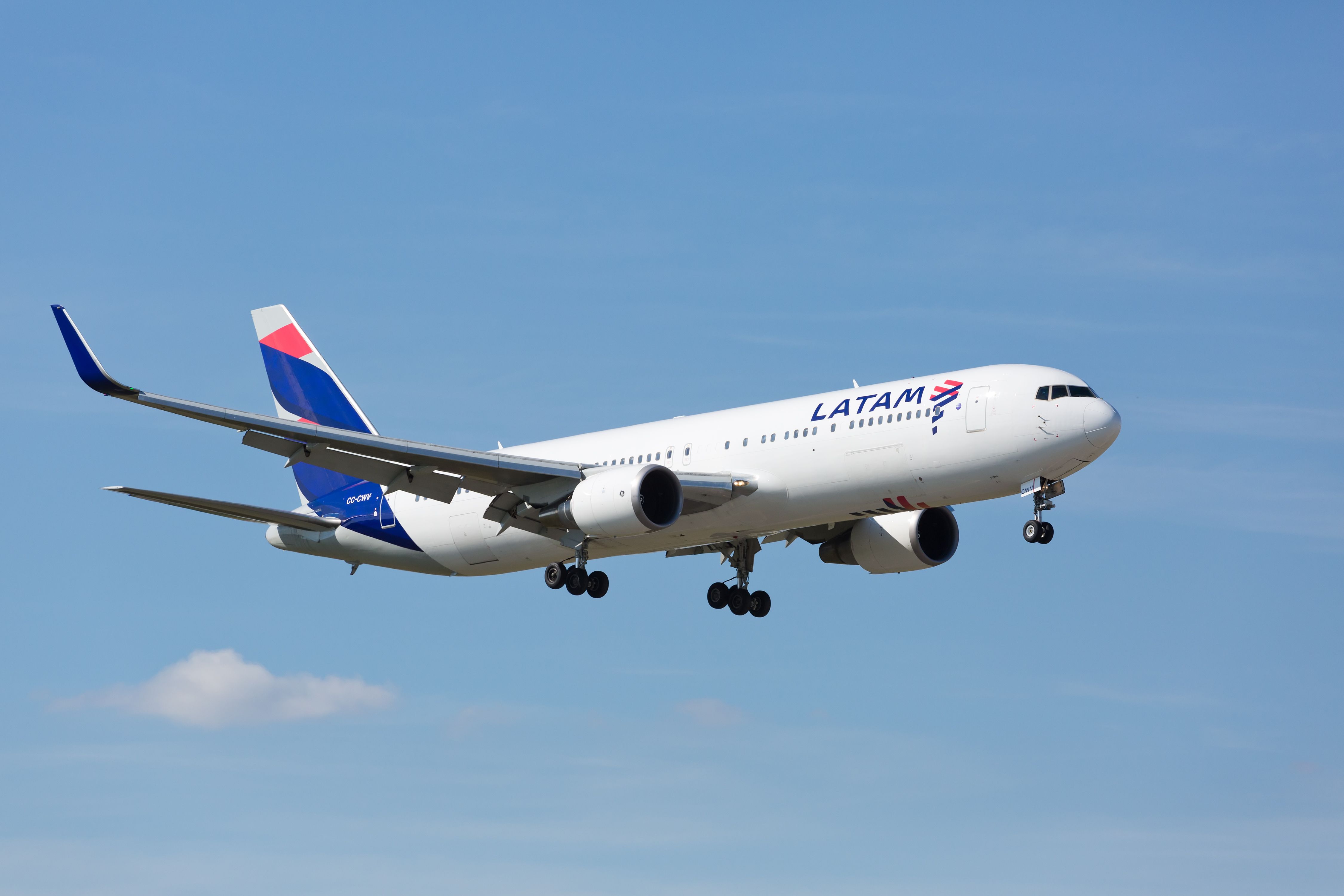The LATAM Airlines Group was officially born in 2012. It is now a firm with domestic branches in Brazil, Chile, Colombia, Ecuador, and Peru, plus a strong cargo-only division. It is the largest airline group in South America, with over 300 aircraft and more than 10,000 scheduled weekly flights.
Nevertheless, the history of this airline goes back to the twentieth century and two countries: Brazil and Chile. Over the years, LATAM has put itself in a position to become the leading airline in Latin America. Let's investigate further.
LAN, one of the oldest airlines in Latin America
Back in 1929, Arturo Merino Benítez created Chile’s Línea Aérea Nacional or LAN. Merino Benitez was a Chilean Commodore and is considered the founder of the air industry in this country. Santiago de Chile's international airport is named after him. LAN flew for the first time ten years after the first Latin American airline, avianca. Of the oldest carriers in the region, only avianca, LAN, Aeropostal Alas de Venezuela, and Cubana de Aviación are still operating.
The original name of LAN was Línea Aeropostal Santiago-Arica, and it provided transportation services to passengers, cargo, and mail. For 60 years, LAN was a state-owned company. Then, in 1989, the Chilean government sold 51% of its share and started a privatization process. During the '90s, the Chilean carrier expanded, and by the turn of the century, it entered the oneworld alliance.
In 2000, LAN bought 27 new Airbus airplanes, and by 2004, it had expanded to several Latin American countries. It operated in Chile (with LAN Airlines and LAN Express), Peru, Ecuador, and Argentina. Additionally, it acquired the Colombian airline AIRES and turned it into LAN Cargo.
The confusing origins of TAM
The history of Brazil's TAM began in November 1975, when the Brazilian government created the Brazilian Integrated System of Regional Air Transportation. This system divided the country into five different regions and launched regional carriers for each one.
Airline #3, or VOTEC Serviços Aéreos Regionais (later renamed Brasil Central Linhas Aéreas), and #5, or Transportes Aéreos Regionais (TAM), are the founding blocks of TAM.
VOTEC Serviços Aéreos Regionais received the airline code JJ, which is still being used by LATAM Brasil. Meanwhile, TAM operated with the IATA code KK. VOTEC operated independently until 1986 when TAM Transportes Aéreos Regionais acquired it after a lengthy financial crisis. It was then renamed to Brasil Central Linhas Aéreas.
For the next four years, they operated as separate brands. It was not until 1990, when the Brazilian government lifted restrictions for operational areas of regional airlines, that Brasil Central was once again renamed to TAM – Transportes Aéreos Meridionais, and acquired the same color scheme as the other TAM. The two TAMs finally merged in 2000 under one brand, TAM Transportes Aéreos, and they kept the IATA code JJ while returning the code KK, which is now being used by AtlasGlobal, a Turkish-based company.
But did you know there was another TAM before these two carriers? Yes, in 1961, an air taxi company called Táxi Aéreo Marília (TAM) was launched. This company still exists today as TAM Aviação Executiva.
LAN and TAM become one.
In 2010, the first signals of a LAN and TAM merger were made. At the time, Reuters reported, "Chile's flagship airline LAN said on Friday it has signed a non-binding agreement with Brazil's TAM to merge both companies."
One year later, LAN and TAM signed tying arrangements and began the merger process. In 2012, both carriers became one under the brand LATAM Airlines Group. The company has become South America's largest airline by fleet size and reach. Through its bases in São Paulo Guarulhos (GRU), Santiago de Chile (SCL), Lima (LIM), Bogota (BOG), and Quito (UIO), it reaches destinations in four continents. Only Asia is not directly served by LATAM as of November 2023 (although it was in the past when the airline operated a flight to Tel Aviv).
LATAM Airlines Group is not a member of any airline alliance (it was a part of oneworld but left in 2020). However, it has a commercial agreement with Delta Air Lines, which has fueled the company's growth in the last few years, particularly after emerging from a Chapter 11 financial reorganization.
At the end of 2023's third quarter, the airline's fleet comprised 321 aircraft, including 245 Airbus narrowbody jetliners, 58 Boeing widebodies, and 18 Boeing cargo freighters. The company expects to increase its fleet to 341 aircraft by the end of 2025 by receiving new Airbus A320neo and Boeing 787 Dreamliner jets but retiring some older planes, including Airbus A320ceo and Boeing 767s.
Have you ever traveled with LATAM? How was it? Let us know in the comments.

